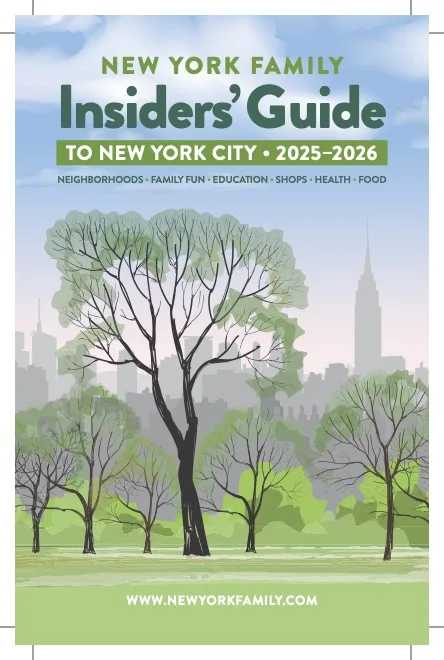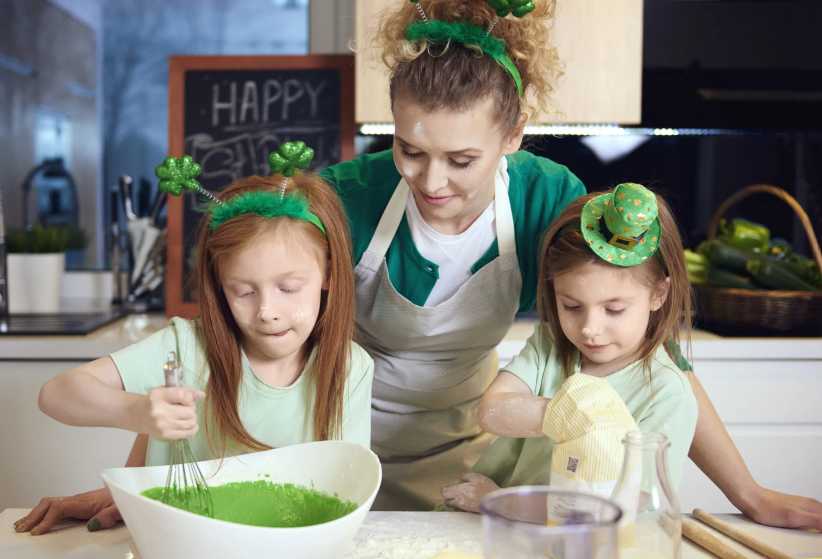Most parents were startled by the headlines warning about arsenic-laced rice. The grain has long been a first solid food for babies, and it’s a nourishing staple in many households, especially in Latino and Asian homes. And rice — in the form of pasta, bread, cereals, and pizza crust — is increasingly eaten by those sticking to a gluten-free diet.
Arsenic is a chemical element found in water, food, air, and soil. It can be either organic or inorganic. If plants are grown in areas with arsenic in the soil or water, some of that arsenic can find its way into those plants.
The headlines
Last September, Consumer Reports released the results of independent lab tests that found inorganic and organic arsenic in a variety of rice and rice products, including organic and conventional products.
What did the headlines not reveal? Rice contributes 17 percent of dietary exposure to inorganic arsenic, but fruits and fruits juices contribute 18 percent, and vegetables 24 percent.
Consumers Union hopes its report encourages the Food and Drug Administration to set limits, as there is no federal limit for arsenic in most foods. The standard for drinking water is 10 parts per billion (ppb) and 23 ppb in fruit juice. According to the USA Rice Federation, one ppb is equal to a single drop of water in an Olympic-sized swimming pool.
Should you be concerned?
The fact that rice contains arsenic is old news. In the opinion of many health professionals, Consumer Reports did a disservice by publishing analytical data showing that rice contains arsenic without answering the question of what is known about the effects of very low doses.
The American Academy of Pediatrics says “additional research is needed before recommendations can be made on the possible risks involved in consuming these food products, including baby cereal.” It also says “at the individual level, offering children a variety of foods, including products made from oats and wheat, will decrease children’s exposure to arsenic derived from rice.”
Consumer Reports recommendations for children (serving sizes are uncooked)
Infant cereal (1/4 cup): One serving a day
Hot cereal (1/4 cup): 1-3/4 servings a week
Rice-based ready-to-eat cereal (1 cup): 1-1/2 servings a week
Rice drink (like rice milk): None
Rice (1/4 cup): 1-1/4 servings a week
Rice pasta (2 oz): 1-1/2 servings a week
Rice crackers: Eight to nine crackers a day
Rice cakes (1-3): One serving a week
Cooking tips
Rinse your rice. The Administration cites several studies that show thoroughly rinsing rice until the water is clear (four to six changes of water) reduces arsenic content by about 25 to 30 percent.
Cook and drain like pasta. Using about six parts water to one part rice, cook the rice, then drain off the water. Studies suggest cooking in excess water can reduce total arsenic levels by 50 to 60 percent.
Final thoughts
As Dr. David Katz wrote in his US News and World Report blog, “I look forward to FDA guidelines regarding safe levels of arsenic in foods. In the interim,though, brown rice will remain a part of my diet, as will other foods containing rice — just as vegetables and fruits do despite some potential for contaminants there, and just as fish does despite the mercury. Perfectly pure food is, alas, not available on this planet. So those of us living here should focus on net health effects rather than the media hype du jour, and do the best we can with the food supply we’ve got.”
Christine M. Palumbo, registered dietician, is a nutritionist based in Naperville, Ill., who is on the faculty of Benedictine University. She loves to warm up leftover brown rice for breakfast. Follow her on Twitter @PalumboRD, Facebook at Christine Palumbo Nutrition, or Chris@ChristinePalumbo.com.














